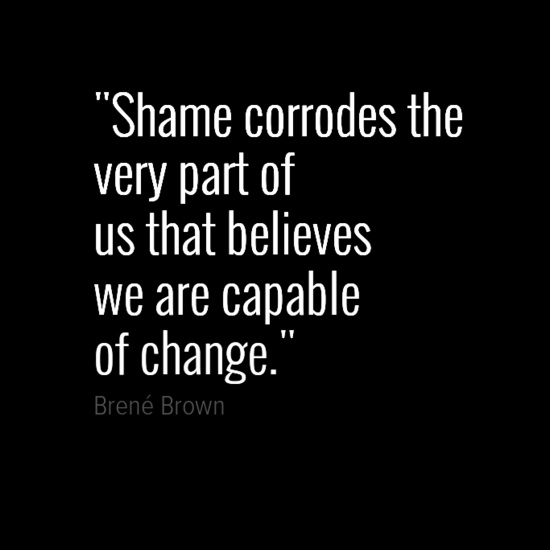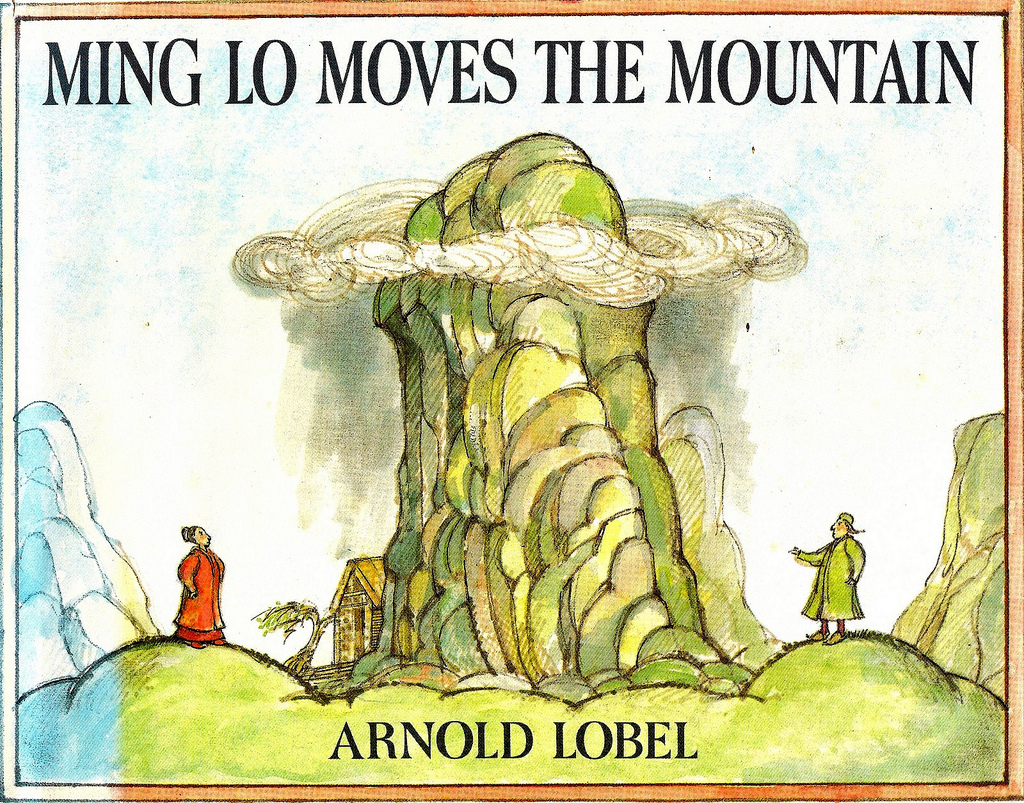
You Talk Like A River
I can see the moment clearly. I am at a weekly training with my coworkers. We work at a vocational agency that helps adults with developmental disabilities find employment and/or enrichment opportunities. Our executive director is holding up a drawing, seemingly created by a child – or more likely – one of our clients. We have seen this kind of drawing a million times (every day perhaps) part of our job handing out a plethora of paper and markers to our clients to express themselves, calm down their bodies if upset, or pass time while waiting for rides to their jobs or home for the day. These drawings pile up in their lockers only to be recycled or thrown away periodically. A client sometimes will gladly hand a drawing over a support staff, saying, “This is for you”.
Sadly, no one is hanging them on the wall or a refrigerator. They aren’t special.
Or, are they?
The executive director pulls out a beautiful, ornate frame with a glass pane. She picks up a scribbled upon piece of paper, destined for the garbage. She carefully places it in the frame. We get it. What before looked like just another piece of paper with broad strokes, tiny circles, and a trace of an image is magically transformed into artwork. It looks special. It suddenly illuminates the uniqueness of the individual who created it. We see something we didn’t see before. She framed it in a way in which it changed what it was.
Framing or Reframing is a common technique used in counseling. A client will present to the therapist an issue with a specific and rigid perspective. The therapist, of course, doesn’t pull out a picture frame. But something like it. They metaphorically place something around the thoughts that redefines the issue. The therapist offers an alternative perspective. They re-frame it. They help the client see it as something different than before.
One example. Reframing a feeling
A client comes in saying that she is sad because her teenager seems to behave politely to everyone but her. She is bemoaning the fact that her child “lets it all out” on her but “is nice as pie with everyone else”. The client sees this as something fundamentally wrong with not only herself but that it must mean something bad about her relationship with her child. Possibly the child doesn’t like her. Possibly there is something inherent about her that makes her child treat her badly. The therapist suggests something different. She offers a perspective that maybe she, her client, is the only person with which the teen feels completely comfortable and safe. It is one relationship in which the child can release emotions authentically, even the unpleasant ones, and know they will not be rejected or abandoned. Suddenly this isn’t about there being something wrong with the relationship, but quite the opposite–that the mother is providing a space the child can’t find elsewhere. The mother, strapped with this new framework, might possibly be able to hold space for her child’s behavior in a different way, without feeling rejected, defensive, or worried. With this framework, she might be able to hold appropriate boundaries with her teenager, without internalizing something is wrong with her.
Re-framing isn’t only a therapeutic intervention. Unwittingly, we are often re-framers for each other just by our simple words or actions, or how we live our lives. Something we read in a novel or magazine article can reframe something that makes us less critical of ourselves. We may say something off the cuff and our friend, coworker, or family member could be quietly taking this in as a magical new outlook, one that impacts their life in explicit or implicit ways.
Where the river comes in
A beautiful example of something getting re-framed without it being labeled as such is shared in this article “Finding A Voice and Coming to Terms with a Stutter”. The article reviews a picture book called I Talk Like a River written by Jordan Scott and illustrated by Sydney Smith. According to the article, the author, Jordan Smith, has a stutter. But his book does not mention this fact explicitly, nor is it the main point of the story. It is poetry with pictures depicting one simple moment. A moment when Scott’s father told him that he talks like a river. This comment by the author’s father, however, was not an intentional move to re-frame his son’s stutter more positively. But, it did.
From the article:
And when Scott’s father told him he talked like a river, it wasn’t to share a profoundly philosophical thought. As a matter of fact, Scott doesn’t think his father even knew how profound his words were. It was just a little moment, an ordinary moment in an ordinary day, that changed the way Scott thought of his stutter.
And so the re-framing continues…
When I read this article, I was in a current state of feeling stuck about what to write for my next blog. I was getting mired down in self-defeating thoughts about the futility of even writing a blog in the first place. It started me down a path of being quiet; trying to find and justify reasons not to write – just like a stutterer might find reasons not to talk.
And then I looked up I Talk Like a River online. I listened to a short audio clip of the author reading his book. I heard him repeat what his father said:
See how that water moves, that’s how you speak…
Although referring to the author’s speech moving like a bubbling, churning, whirling, crashing river, upon hearing this, it somehow reframed my own negative thoughts around my ability and credibility to write. Just like a river doesn’t flow smoothly, a river also doesn’t worry whether it’s allowed. The author heard from his father’s comparison that his stutter was okay. He was allowed to talk, despite his stutter. I heard in this comparison I am allowed to write. I too, can churn, whirl, crash and bubble in my process. I write like a river.
Sometimes it takes a change of perspective to get the words flowing.
These words led to me finding my voice for this blog, and remembering one moment of my own- a moment when I was at work and my boss was framing a simple piece of paper with scribbles, and magically turning the paper, and the moment, into something I had never forgotten.
Enjoy this video right from the words of author and illustrator as well: PreviewPreview3:46I Talk Like a River book videoYouTube · Holiday HouseMay 11, 2020
Writing Exercises
- Write about a moment in time when your perspective changed when someone or something put a ‘different frame around it”
- Think of someone you know who is struggling with a specific perspective about themselves or life in general. Re-frame it.
- Write a poem or essay starting with Sometimes it Takes a Change of Perspective…
- What is something you churn, bubble, crash and whirl with? What do you do like a river?
Feel free to share with me what you wrote via email at ellyn@sixwillows.com. If you’d like feedback or have a discussion about what came up for you, let me know and we can schedule a time to talk.
Thanks again for showing up for yourself today, taking the time to reflect, receive and recognize who and where you are.




